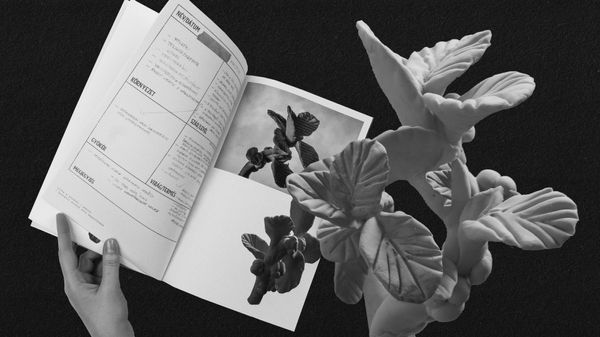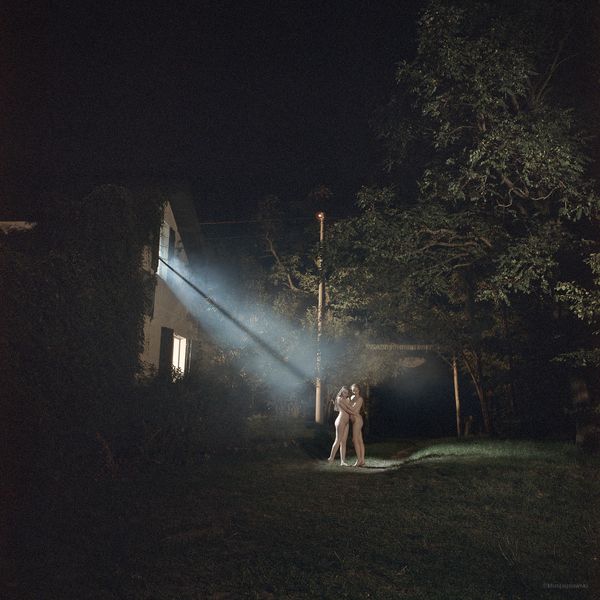There are those who cultivate gastronomy and those who report on it. And there are those who combine the two, not only by opening the kitchen door to the public, but also by helping us understand what goes on behind the scenes. Meet Norbert Ádám Kiss, who, under the name of NORBERT ADAM, an often invisible but all the more important ‘silent partner’, represents the world of gastronomy.
A journalist is like a superhero—when the situation arises, they are first to arrive on the scene, to explore, understand, record, and deliver. From the outside, this seems like a world of excitement, with heaps of responsibility, and with never a dull moment, or a boring subject. This is what caught the interest of Norbert Ádám Kiss, and although no one in his family had ever worked in the media, he decided to become a reporter when he was still a student, so he applied to Hungarian public TV channel Duna Televízió. He was accepted, so after school he started practicing the tricks of the trade: editing, post-production, and interviewing. His ambition was to one day work for the Tények news program on TV2, but he found himself in deep water sooner than he thought. During the floods of 2002, when even the fireworks of 20 August were canceled, the channel needed as many journalists as possible immediately—and despite being a young trainee, he was also sent out in the field.

“After that, I never asked if I could stay, it was clear that I belonged here.”
He got a job at Tények Röviden, where he had to convert daily events into news in short form. It was there that he learned how to write, as he had to convey a wealth of information in an interesting, yet credible and accurate way. In 2005, RTL Klub offered him the opportunity where he specialised in education policy and became a reporter for the programs XXI. század and Házon Kívül. The years passed, and in 2009 his work was recognized with a Junior Prima Award, the proceeds of which he used to set up a boutique film agency. Over the years, he has made thousands of news reports, worked at festivals and demonstrations, and in the process, he has become absorbed by the music industry. With his film company, he got in touch with well-known bands from all over the country, such as the Vad Fruttik, for whom he shot a music video (like the one for the song “Lehetek én is”).
But then something started to wear on him.

“I felt more and more like a palm tree with its leaves broken off. I wanted to think internationally, life abroad was calling me, so I went on unpaid leave to the Netherlands.”
He liked the country, and when he got a job in a marketing agency, he decided to move base. With projects still running in Hungary, he spent 10 hours a day working, which gave him financial stability but was not sustainable in the long term. He also started a film company under the name we are morse, hoping that in the long run, this would be his main direction. In the meantime, he was becoming increasingly interested in gastronomy, especially as the Dutch street food scene was booming at the time. An idea came to him, and in 2014 he started his own blog, WhatTheFood, where he interviewed food truck brands in English-language videos.

“I didn’t think so at first, but those 80 videos turned out to be a very powerful sociological study. The focus wasn’t on the food, it was on the story. It was then that I realized my true voice: one that was informed but not loud, present but not controlling. I’m here to finally create something that is about the other.”
This documentarist style also appealed to the Dutch gastronomic magazine FoodReporter, who recruited him as a permanent journalist. The first story he produced was about an extraordinary event: 24 Michelin-starred chefs took turns cooking for 24 hours. It was a tough ride, but he rose to the challenge and from there the doors suddenly started to open. It is important to know that once you get caught up in the smell of the kitchen, the clatter of utensils and pots, the heat and tension, you can easily become addicted to it forever. Fine dining became his home, where he was embraced and, in time, often befriended by starred chefs. The trick was that there was no trick: he wasn’t just asking questions, he was curious to know the answer. He listened and understood, taking a back seat when necessary, and respecting the other’s boundaries. In the meantime, he also wanted to report on smaller brands, so as well as designing identities and creative strategies, so he set up his own brand, NORBERT ADAM. And then the pandemic hit.




“Suddenly everything changed, priorities shifted. I thought I’d seen and heard so many people talk about what it is like being a chef, it was time to really try walking in their shoes.”
Then came an opportunity, or rather a challenge: he accepted an invitation to the then-running season of the cooking show Konyhafőnök, where he made it to the final four. This period taught him even more humility, because he experienced first-hand what a brutal profession this was, what it’s like to spend 10-12 hours a day behind a kitchen counter, and how a negative comment can knock you to the ground, while a compliment from a guest (or a judge) can make you feel good for days. Armed with this experience, he has sought his place in the Covid-ravaged culinary world and has become even more sensitive to the stories of others.

“For a long time, I thought my worst quality was always putting others first. Then I realized that it’s also my best trait. It is important for me that the other person really trusts me because that’s what makes the message really powerful.”
In the Netherlands, he started producing portrait films of talented chefs, dubbing the series New Chefs on the Block. Instead of making short reports, he spent hours, even days with people, capturing both their highs and lows. It was a conceptual decision that he would also appear in these films. He acts as a kind of independent but strong shield in these scenes, in which nothing is scripted or pre-edited. When emotions such as laughter or tears are shown, it is not for the sake of effect, but because a question provokes it in the interviewee. In the end, however, he doesn’t show everything, selecting scenes trusting his instincts, and keeping, for example, very personal or intimate moments to himself. This attitude, which requires patience and empathy, is both noble and difficult, and it has led him to play the role of a lone wolf to some extent.

“I find it difficult to work with others because sometimes I feel that the project is not as important to anyone else as it is to me. I really care about this world and its characters!”
The premiere of New Chefs on the Block was a big event, organized in collaboration with Gault&Millau, and attended by 200 chefs, with three young chefs receiving prizes—one of the prizes was getting their own portrait film. Although these portraits are done with a team of professionals, he usually does the rest of the episodes on his own, often from his own budget, which is admittedly a very demanding and expensive task. Especially since he is always on the lookout for commissions that call for his unique voice. So, as well as refreshing the FoodReporter’s image, he has also revamped his own self-brand.

“I know that I am creating an asset, but it is difficult to reconcile business with my conscience. Now, however, I want to take it to the next level and run something that is sustainable.”
That’s why he is now opening not only other people’s doors but his own as well. On the one hand, to creatives who would like to work with him on showcasing the world of gastronomy, and on the other, to national or international commissions where there is a story to tell.

As a fellow traveler, I think adventure is guaranteed with him, and maybe there is someone among the readers who would like to be a part of it. Feel free to contact Norbert Ádám Kiss using the contact information below!
Norbert Adam | Web | Facebook | Instagram | YouTube | LinkedIn
Photos: Dániel Gaál

What happens if we model people in a plant’s image?—A visual experiment by Soma Gonda

Folk traditions revived | The Slovak Party21art










